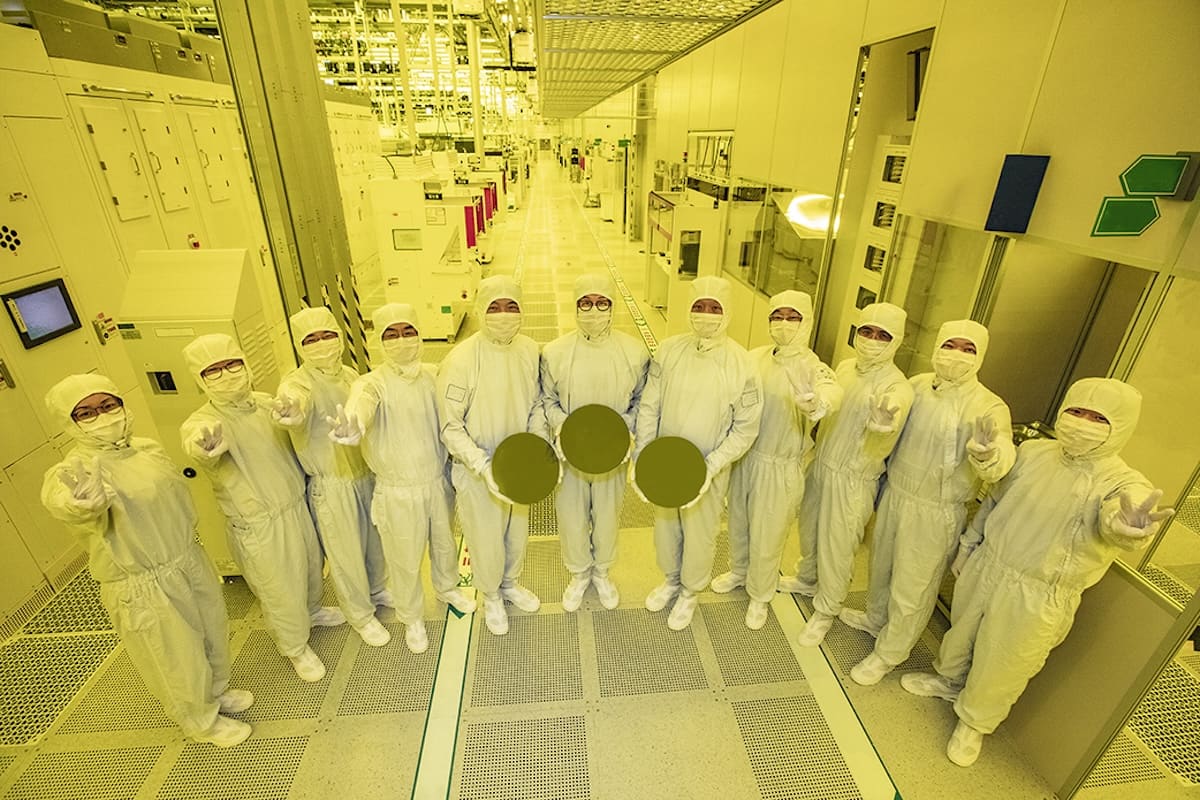The semiconductor industry is a battlefield where only manufacturers with cutting-edge technology can remain competitive. Samsung Foundry, one of the major players in the sector, seems to be losing ground to TSMC and Intel, and recent rumors about the possible cancellation of its 1.4 nm manufacturing process (SF1.4) only reinforce this perception.
According to industry sources, the SF1.4 node, which was set to launch in 2027, could be canceled due to performance issues the company is facing with its current processes, particularly with its SF3 (3 nm) lithography. This setback jeopardizes Samsung Foundry’s position in a market where it is increasingly losing weight, while its rivals are advancing steadily.
Performance Issues and Loss of Competitiveness
Samsung Foundry’s SF3 node, its most advanced production process currently, has shown significant performance difficulties. This has led the company to shut down underutilized 5 nm and 7 nm production lines, a worrying indication of its inability to maintain demand and attract key customers.
Meanwhile, TSMC holds a dominant market share of 67.1%, while Samsung Foundry has dropped to a modest 8.2%. Additionally, Intel Foundry Services (IFS) is emerging as a viable alternative for major industry clients, which could pose another blow to the South Korean company.
In this context, NVIDIA and Broadcom have sent test chips to Intel Foundry Services for manufacturing with Intel’s 18A lithography, and AMD is also considering using Intel’s foundry due to TSMC’s saturation. If these strategies solidify, Samsung Foundry could fall even further behind in the race for advanced nodes.
An Uncertain Future for Samsung Foundry
One of the most concerning aspects of Samsung’s situation is its lack of prominence in the production of high-performance chips for mobile devices. Despite having its own semiconductor technology, the company continues to rely on Qualcomm for processors in its high-end smartphones, rather than betting on its internally manufactured SoCs.
Samsung’s upcoming flagship processor, the Exynos 2600, is designed for the SF2 lithography, a node that has not yet managed to attract well-known clients outside the Chinese market. Due to the sanctions imposed by the United States, many Chinese companies have opted for Samsung Foundry’s technology, but this is not a sustainable long-term strategy if the company wants to compete with industry giants.
Is an Imminent Restructuring on the Horizon?
In light of this scenario, rumors suggest that Samsung may undertake an internal restructuring to prioritize improving the performance of its current processes rather than continuing to develop smaller processes like SF1.4.
While this strategy could help improve the company’s efficiency and profitability in the short term, it also poses a competitive disadvantage in the high-performance computing and artificial intelligence markets, where reducing node sizes is key to increasing energy efficiency and processing capacity.
The SF2Z node, which incorporates Backside Power Delivery Network (BPDN) technology, is still in development, but its commercial viability will depend on whether Samsung Foundry can overcome the manufacturing issues that have affected its previous processes.
Samsung Under Pressure from Intel and TSMC
If Samsung Foundry decides to abandon the development of the SF1.4 node, it will face a significant delay in the race for semiconductor miniaturization, which could directly benefit Intel and TSMC.
As Intel advances with its 18A technology and TSMC continues to solidify its position as the leading manufacturer of advanced semiconductors, Samsung will need to make key strategic decisions in the coming months to define its future in the sector.
The question is whether the company will be able to regain the credibility and trust of its customers or if, on the contrary, it will continue to lose market share to its more aggressive competitors.

